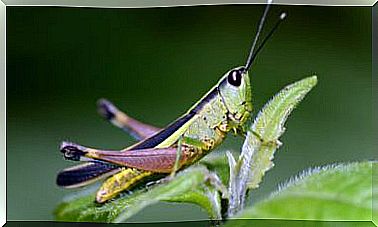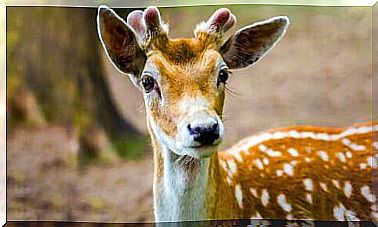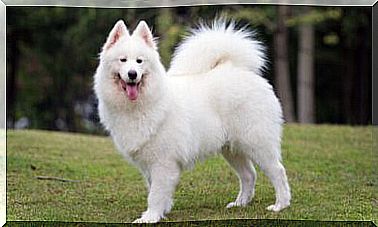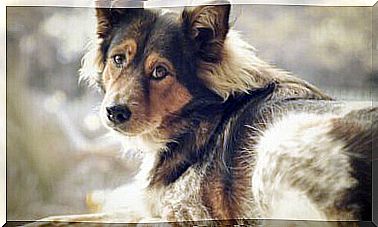The Last Ethiopian Wolves: Characteristics And Behavior

The scientific name of the Ethiopian wolves is Canis simensis . Unfortunately, in recent years they have become one of the most endangered canids on the planet.
Characteristics of Ethiopian wolves
Ethiopian wolves are medium-sized, slender-bodied canids that are more reminiscent of American coyotes than European wolves. They have reddish colored fur on most of the body, except on the underside, which is white.
The heat period is between August and November, after which a two-month gestation follows which gives rise to a litter ranging from two to six babies. The young of the Ethiopian wolf remain in the den for a period of three weeks.
Behavior
Canids are a group of animals that have a very general diet. Usually, they feed on a wide range of prey and carrion. However, Ethiopian wolves, relegated to the high grasslands of Ethiopia, have very little prey availability. For this reason, they specialized in rodent hunting.

Due to their particular diet, it is not surprising that Ethiopian wolves have a sharp snout and smaller teeth than their European counterparts.
For this reason, it is an animal that rarely hunts in groups, although it has been seen capturing baby antelope in this way. Sometimes, it also hunts among the herds of sheep or gelada (Theropithecus gelada).
Usually, Ethiopian wolf packs consist of about six individuals, although family groups of 20 are recorded. The size of the territory in which they live and the size of the groups depend on the presence of food.
Habitat and conservation of Ethiopian wolves
This species has been relegated to one of the most evocative places in Africa: six mountainous areas at an altitude of over 3,000 meters, just enough to house the surviving 400-500 individuals of this species.
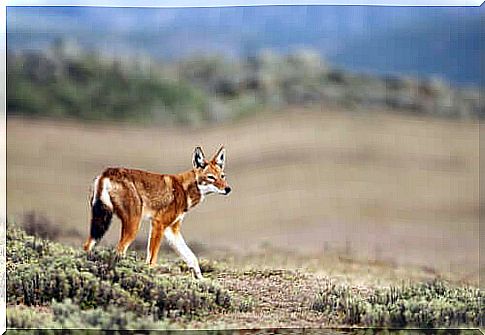
Looking at these numbers it is evident that the Ethiopian wolf is an endangered species. It is considered the most threatened carnivorous animal in the entire African continent. Why is this species so threatened?
The expansion of man has forced these animals to move to the areas they live in today. Furthermore, the presence of wild dogs (and hybridizations) has caused the spread of diseases in wild populations.
An example of this are the outbreaks of rabies that occurred at the end of the 20th century, which wiped out more than 70% of the Ethiopian wolf population known to date. Distemper, although not usually fatal to this species, has also affected these animals.
As for the loss of their habitat, the increase in human population has led to an expansion of agriculture which has considerably reduced the areas available to Ethiopian wolves, relegating them to the heights. Furthermore, the presence of man has caused the disappearance of natural passages, further fragmenting the population of the Ethiopian wolf.
